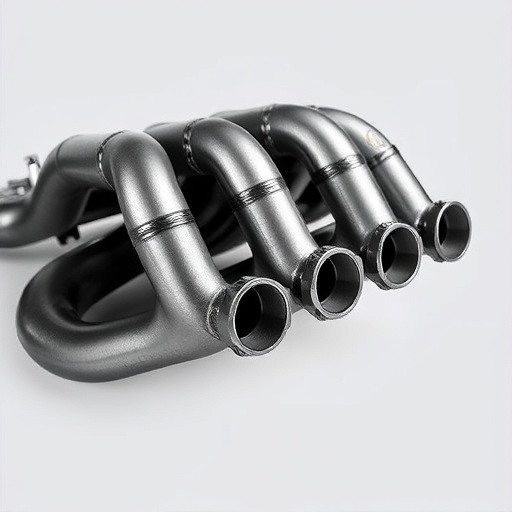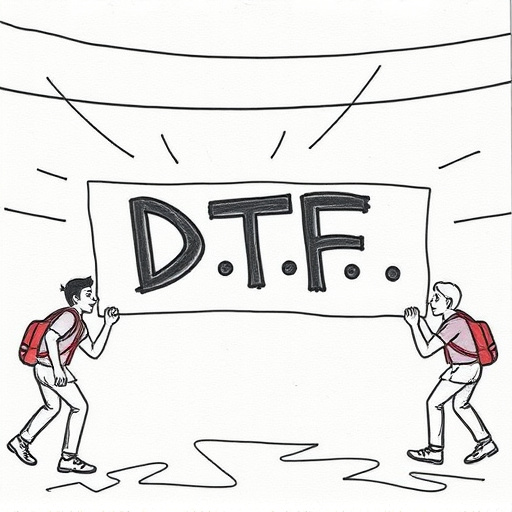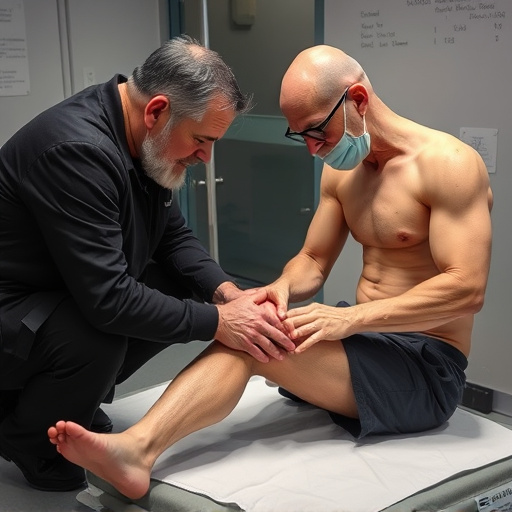Shockwave tendonitis relief is crucial for managing inflammation and pain in tendons caused by overuse or repetitive stress, commonly affecting athletes and workers. Early diagnosis is key to preventing chronic joint pain and reduced mobility. Shockwave therapy, a non-invasive treatment using sound waves, stimulates tissue repair and promotes healing. Incorporating this into a holistic rehab routine including physical therapy, targeted exercises, ultrasound, heat/cold therapy, and gradual reintroduction of activities, significantly enhances recovery outcomes and restores function for lasting shockwave tendonitis relief.
“Experience lasting shockwave tendonitis relief through a comprehensive rehab program. This guide delves into the world of shockwave therapy, explaining its effectiveness in managing and alleviating tendonitis symptoms. We explore how this non-invasive treatment can be seamlessly integrated into your rehabilitation routine, offering a path to long-lasting recovery. Additionally, discover proven rehab strategies to complement shockwave therapy, ensuring optimal results. Uncover the key to reclaiming mobility and reducing pain associated with shockwave tendonitis relief.”
- Understanding Shockwave Tendonitis and Its Impact
- Incorporating Shockwave Therapy into Your Rehab Routine
- Effective Rehabilitation Strategies for Long-Lasting Relief
Understanding Shockwave Tendonitis and Its Impact

Shockwave tendonitis is a condition characterized by inflammation and pain in tendons, often caused by repetitive stress or overuse. It can significantly impact an individual’s mobility and daily activities, leading to chronic joint pain relief challenges. The affected areas may include the elbow, shoulder, knee, or hip, with symptoms ranging from mild discomfort to severe disability.
This condition is particularly prevalent among athletes, individuals engaging in manual labor, or those experiencing repetitive tasks involving the arms and legs. Proper diagnosis is essential for effective shockwave tendonitis relief and chronic pain management. Early intervention can prevent further damage and facilitate a faster recovery, offering much-needed neck pain relief and improving overall mobility.
Incorporating Shockwave Therapy into Your Rehab Routine
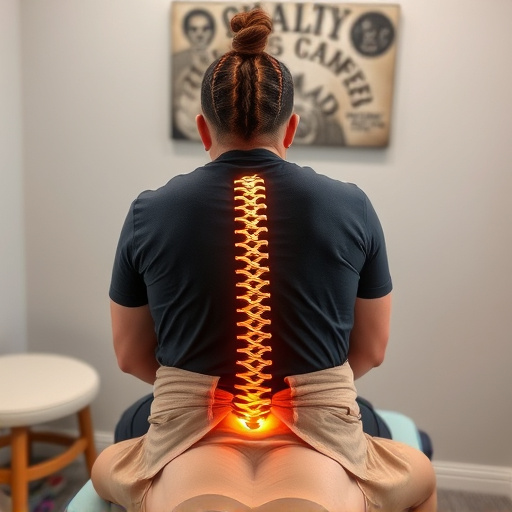
Incorporating shockwave tendonitis relief into your rehab routine can significantly enhance recovery outcomes for this debilitating condition. Shockwave therapy, a non-invasive treatment option, uses focused sound waves to stimulate tissue repair and promote healing in inflamed tendons. This advanced technique is particularly effective in addressing chronic pain associated with tendonitis, offering an alternative solution when conservative treatments like rest, ice, compression, and elevation (RICE) protocols have shown limited success.
By integrating shockwave therapy into a comprehensive functional rehabilitation program, you can accelerate the healing process while improving overall tendon strength and flexibility. Chiropractic care, known for its holistic approach to pain management, often recommends this treatment alongside other modalities like exercise and manual manipulation. Such a multimodal strategy ensures that each aspect of your body is considered during recovery, fostering a more robust and sustainable return to daily activities without recurring tendonitis pain.
Effective Rehabilitation Strategies for Long-Lasting Relief
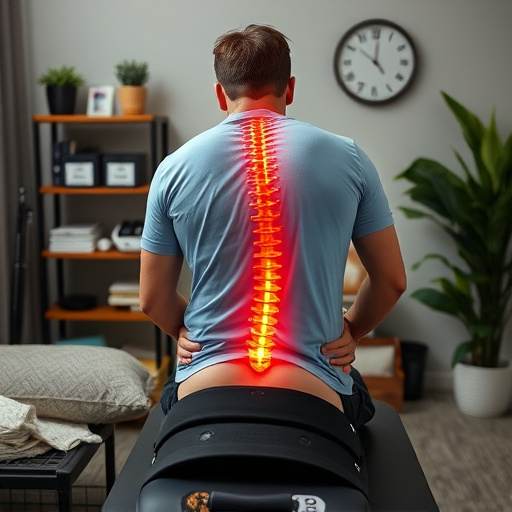
Effective Rehabilitation Strategies for Long-Lasting Shockwave Tendonitis Relief
In addressing shockwave tendonitis, a comprehensive rehab program is key to achieving lasting relief and restoring function. Personalized treatment plans that integrate various therapeutic modalities are particularly effective. This may include physical therapy, targeted exercises designed to strengthen the affected area, and pain management techniques such as ultrasound or heat/cold therapy. Additionally, shockwave therapy itself plays a pivotal role in accelerating healing by stimulating fibroblasts to produce collagen, enhancing tissue repair and reducing inflammation.
Complementing these strategies, injury rehabilitation focuses on gradually reintroducing activities that promote mobility without exacerbating symptoms. This gradual progression enables patients to regain strength and flexibility safely while ensuring proper alignment and technique. For individuals experiencing sciatica relief is a common goal, and integrated rehab approaches can target nerve compression associated with tendonitis, offering holistic benefits for overall well-being.
Shockwave tendonitis relief is achievable through a comprehensive rehab program that incorporates targeted therapies. By understanding the condition’s impact and integrating shockwave therapy into your routine, coupled with effective rehabilitation strategies, you can restore mobility and alleviate pain for lasting results. These methods offer a modern approach to managing shockwave tendonitis, ensuring folks can return to their active lifestyles with renewed comfort and confidence.

